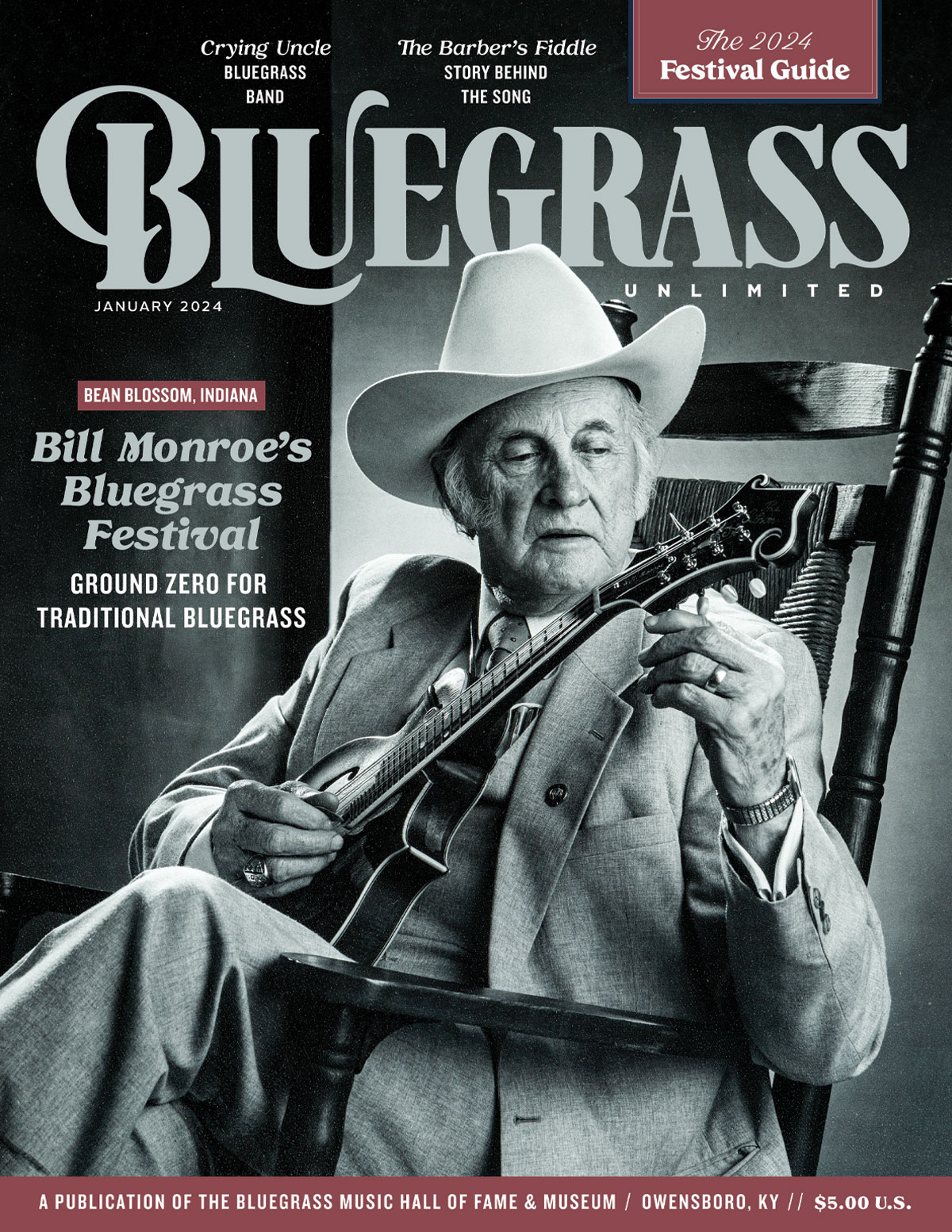The Life and Work of Lloyd Allayre Loar
Lloyd Loar stands, like Mario Maccaferri and Gibson’s Ted McCarty and Leo Fender, as one of the foundational stringed instrument designers in recent history. His acoustic engineering advancements in Gibson’s mandolin family instruments in the 1920s created (inadvertently) the ultimate bluegrass mandolin design—the legendary F-5 played by everyone from Bill Monroe to Wyatt Ellis.
Consequently, mandolin mavens and bluegrass history buffs have been fascinated with the life and career of Loar ever since. Industry legend Roger Siminoff, who produced the first commercially successful guide to building an F-5 mandolin, dove enthusiastically down that rabbit hole decades ago. He’s devoted Ph.D.-level intensity to researching every facet of Loar’s life and career paths. The result is a stunningly complete, authoritative biography of a fascinating subject who was both a world-class performer, composer and arranger, and used his insights into mandolins to create a revolutionary line of instruments.
This new book delves into every possible nook and cranny of Loar’s life, going back to his genealogy and earliest days growing up in a small Illinois corn-farming town. Siminoff’s undying passion for this subject even led him to locate and interview Loar’s widow, uncovering a true treasure trove of unseen original photos and documentation from all phases of his career, plus Bertha Snyder Loar’s personal memories. Until they sit down with a book like this, even ardent Loarophiles probably don’t grasp the entirety of Loar’s achievements. There’s new information here even the experts will find refreshing.
If there’s a downside to this project, it’s the graphic design and book binding. As a self-funded “vanity” project, corners were no doubt cut to keep costs down. Unfortunately, even on first opening the book, pages started to come unglued from the binding. The size of the book makes it more like a coffee table book than a reference book to be kept on a bookshelf and pulled repeatedly as a reference source. Measuring a hair under 11 inches wide, the text layout is maddeningly difficult to read because the text runs completely cross the long page in a right-justified, single column format, two graphic design flaws that the human eye finds very difficult to process. But it’s the content that counts, not its presentation here.
Filled with informative text and well-documented historic photos, The Life and Work of Lloyd Allayre Loar is an absolute must-read for anyone curious how one man had such a profound impact on the mandolins, mandolas and other mandolin family instruments we play today. Most highly recommended.

